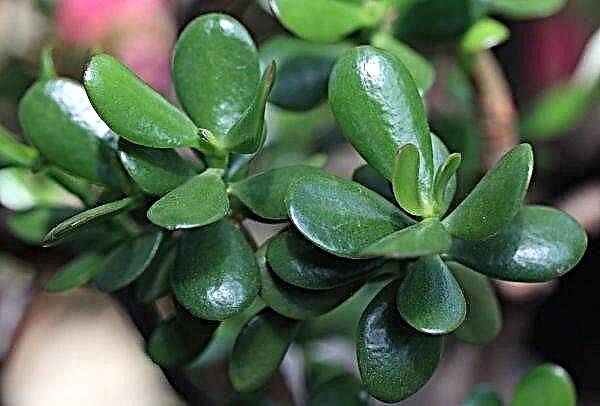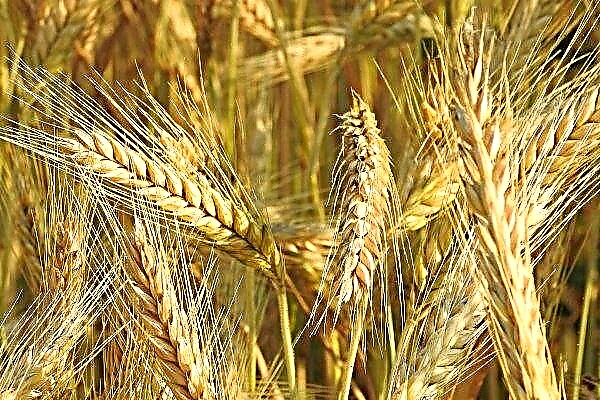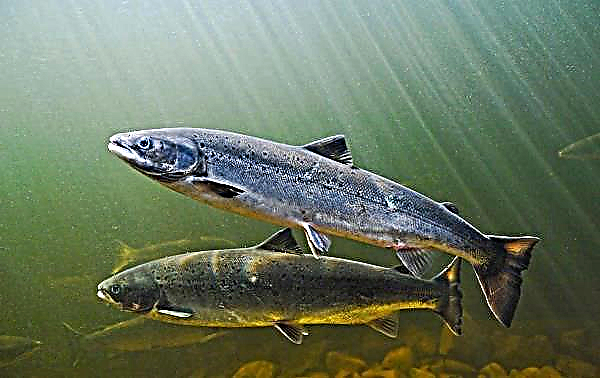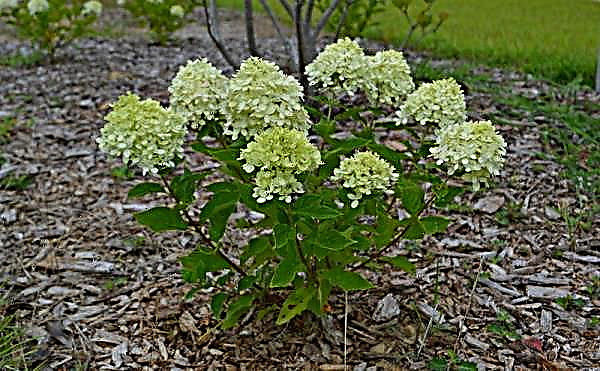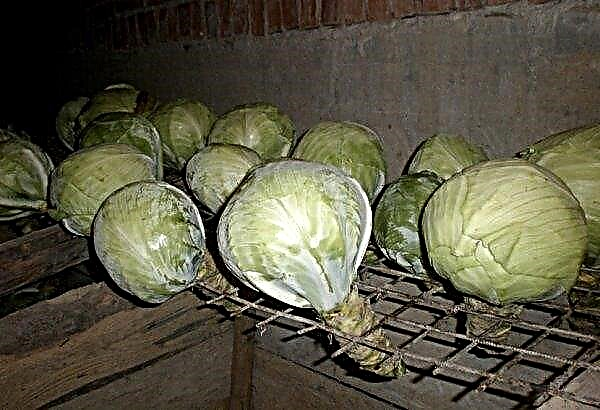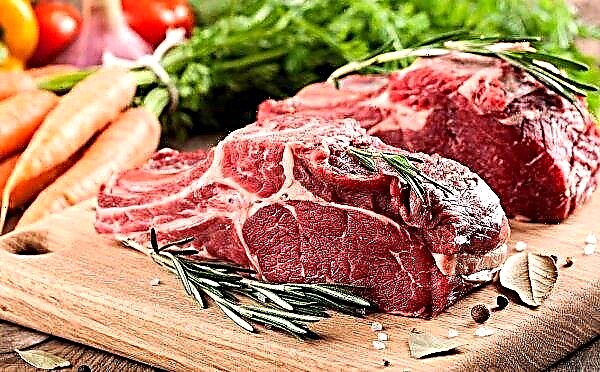Solanine as a toxic substance can often be heard among fans of a healthy diet. The danger is aggravated by the fact that it is contained in potatoes beloved in the post-Soviet expanses. However, one should not expect from him imminent intoxication. Read on how to determine the presence of poison in a product and how to get rid of it.
What is solanine and where is it present?
Solanine is an organic poisonous glycoalkaloid. It is dangerous for people and animals.
Did you know? Solanine contains natural insecticides and fungicides. It is thanks to him that plants exhibit natural resistance to fungus and pests.
The substance is present mainly in solanaceous.
Among them:
- potato;
- tomato;
- eggplant;
- black nightshade;
- tobacco.
In different quantities, it can be found in other members of the family, in their fruits, tops, roots.

Chemists call several ways to get rid of a substance:
- peeling green peel;
- frying in oil (at a temperature of + 285 ° C the substance decomposes).
Is it possible to poison with solanine?
Solanine poisoning is unlikely, especially when it comes to potatoes. However, intoxication can occur with excessive and improper use of root crops.
What dose of solanine is dangerous for humans?
A dangerous amount of this poison for humans is 3–6 mg of substance per 1 kg of weight. For an adult weighing 60 kg, the critical dose is 180-360 mg.
Potatoes contain 0.05% of the substance. At the same time, the poison is concentrated in the green skin or sprouts. In order to be poisoned by potatoes, you need to purposefully eat only the peel and sprouts, or use a large number of green fruits with skin without heat treatment.Important! Before cooking, be sure to peel the potatoes and remove the sprouts. These simple measures will help to protect a person.
Symptoms and first aid for intoxication
Poison intoxication can be identified by a number of symptoms.
Among them:
Check out

- diarrhea;
- gagging;
- nausea;
- cutting pains in the stomach;
- bowel spasm;
- temperature increase;
- dilated pupils;
- headache.
In dangerous cases, there are:
- cramps
- blurred perception;
- coma.
If symptoms of poisoning are detected, first aid should be taken:
- flush the stomach with water, potassium permanganate solution or saline;
- cleanse the intestines with an enema;
- take a sorbent, for example, Smecta.
How to determine the presence of solanine in potatoes
There are two ways to determine the presence of solanine in potatoes: by external data and by known characteristics.

External data. The dangerous root crop has a green peel. It also tastes bitter.
Known features. The absence of external differences does not mean that the product does not contain poison.
Increase the level of toxic substance:
- predisposition to a particular variety;
- cultivation close to the surface of the soil;
- the introduction of an excessive amount of fertilizing;
- defeat by pests or diseases during the growing season;
- cultivation in soil with a high content of sand;
- too young potatoes;
- too old potatoes.
Did you know? According to a publication in the Quarterly Journal of Medicine, in 1979, 78 students from a London school were massively poisoned with solanine. The reason was the old potato, which was prepared for schoolchildren for lunch.
Basic rules for storing potatoes
So that potatoes bring only benefit, it must be properly stored.
After harvesting, follow the basic storage rules:
- You can not hold the fruit for a long time in bright light;
- it is undesirable to transport in nets and string bags, it is better to move in dark boxes or bags;
- after digging, root crops must be dried for 1-2 weeks;
- in the storage place it is necessary to maintain a temperature of +2 ... + 3 ° C;
- optimal humidity - 80%.

Solanin is dangerous to humans, but not so much as not to eat potatoes. The main thing is to know how to determine its presence in the root crop and what to do with a dangerous fruit. Potatoes that are grown, stored and cooked correctly will be not only tasty, but also healthy.

